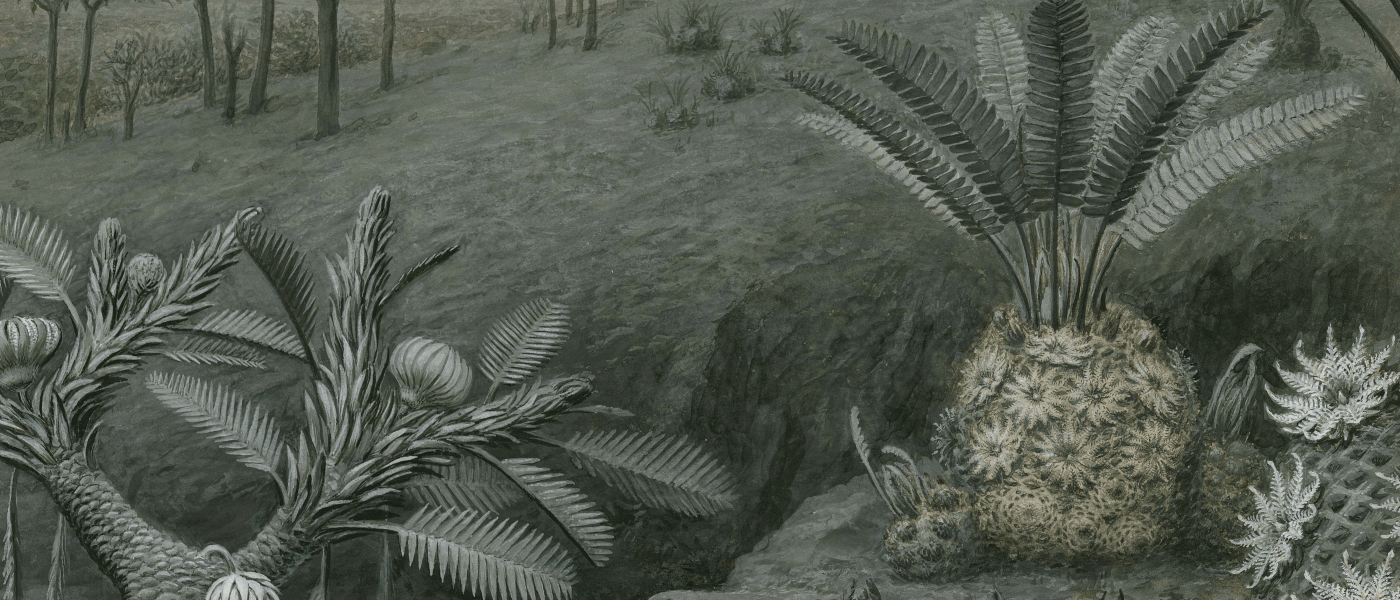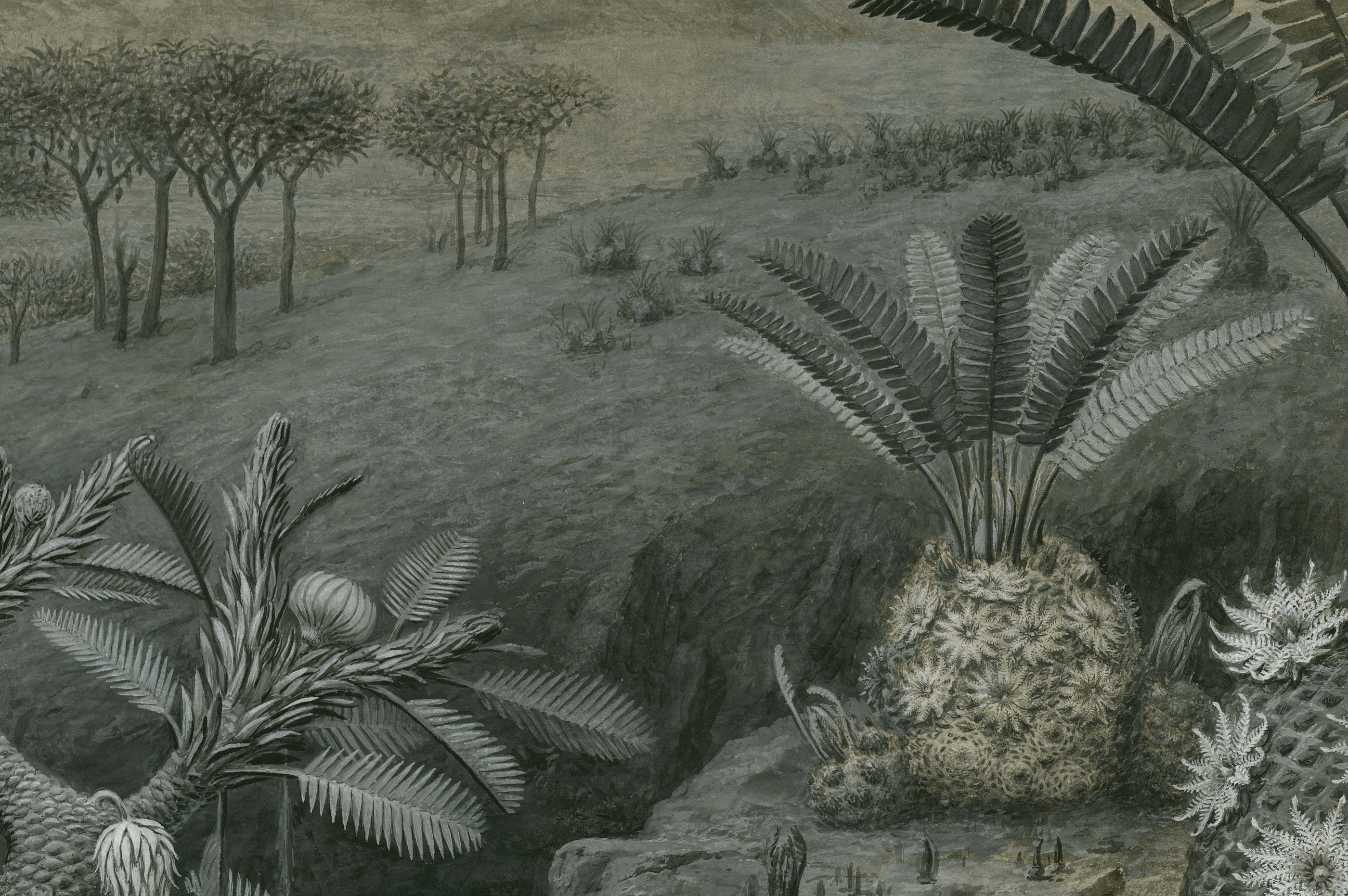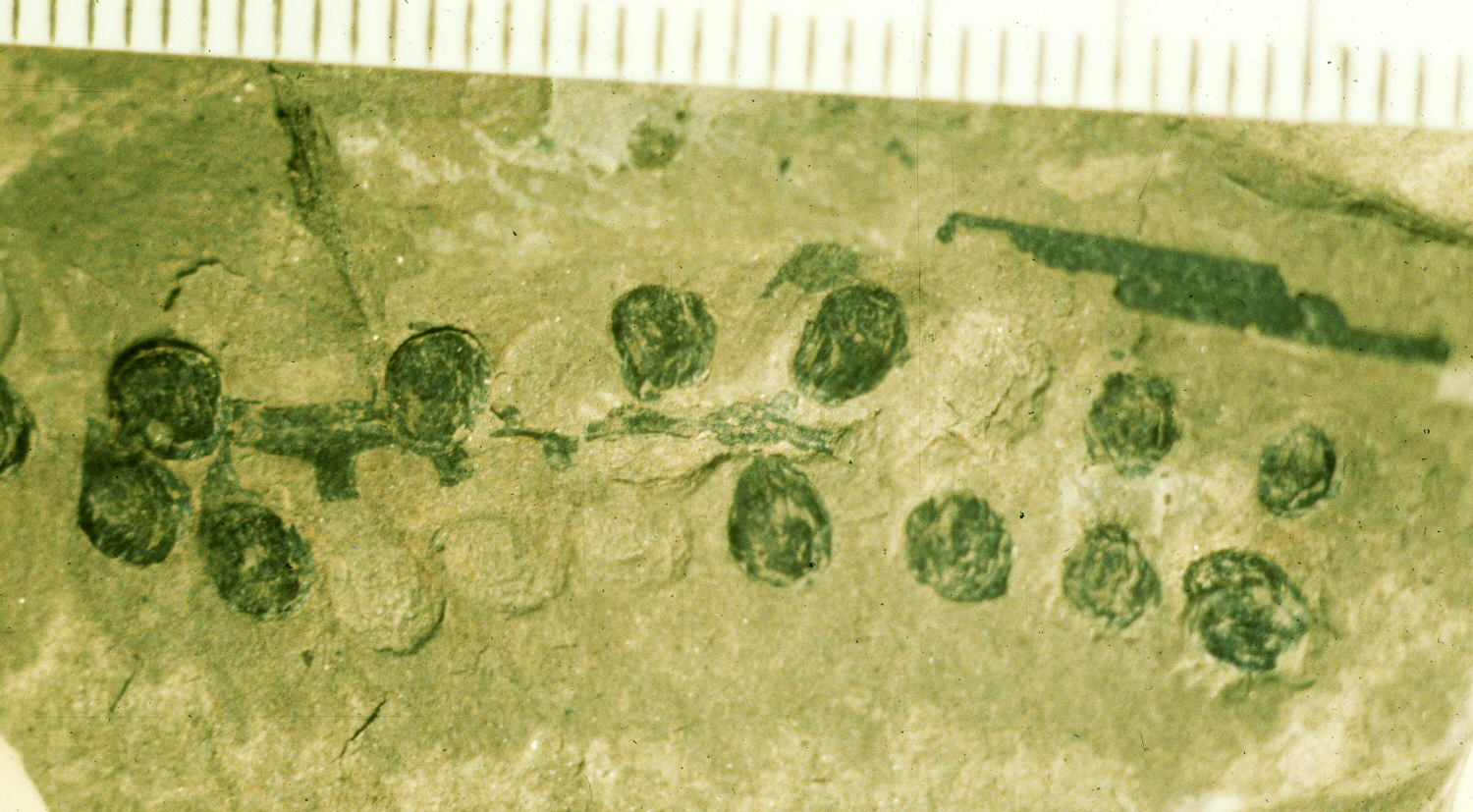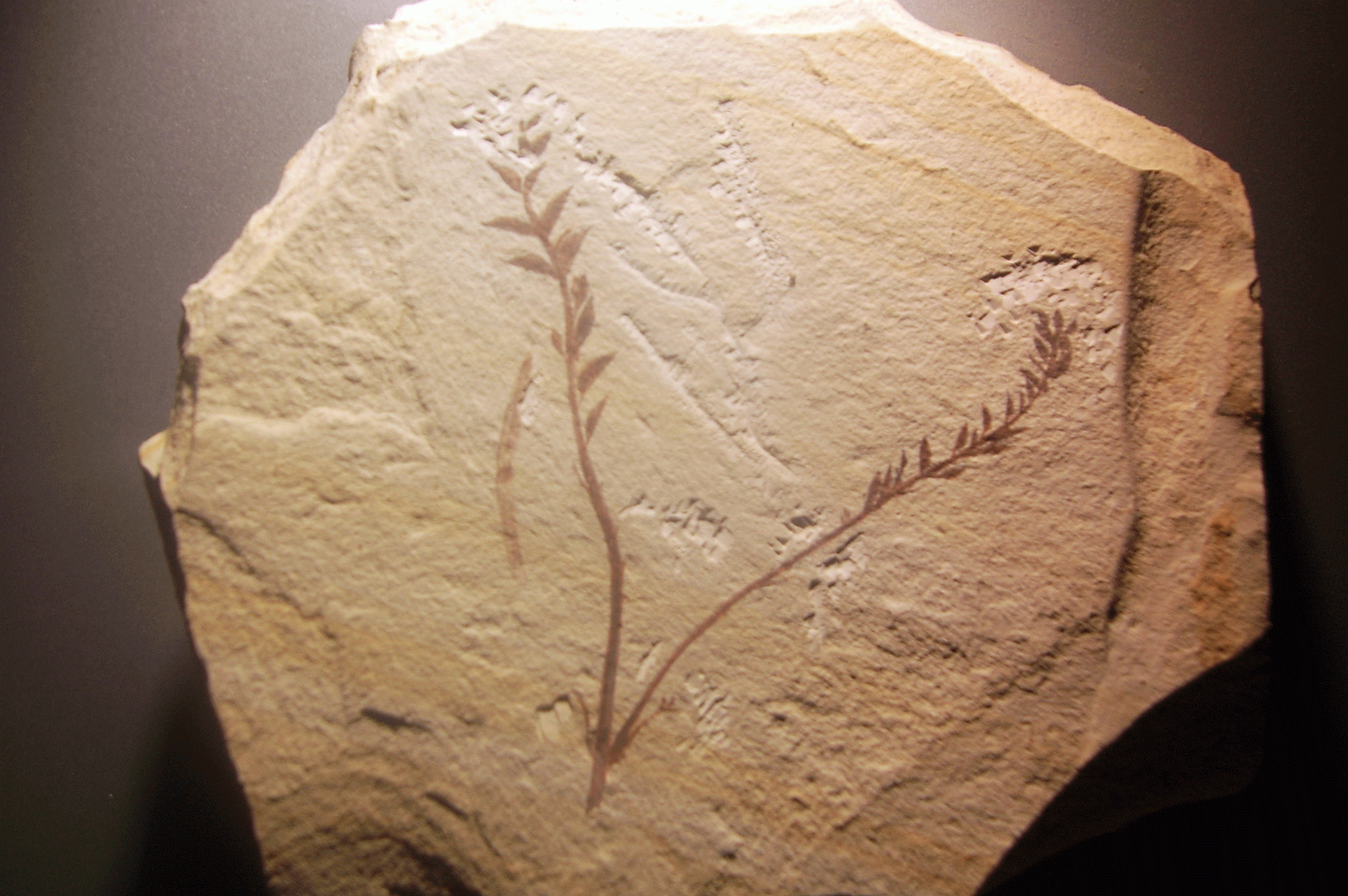Great Moments in Plant Evolution, Part 4: The Dawn of Flowers
As we finish our journey, we come to a time in Earth’s history in which we find the origin of the angiosperms, or flowering plants. This group is familiar to all of us, and in terms of diversity, they easily outnumber all other groups of plant combined. Some estimates indicate that angiosperms account for about 90 percent of all land plants, but how did they become so successful, when did they arise, and where did they come from?
These are all questions that researchers have been wrestling with for ages. In fact, Charles Darwin referred to the origin of the flowering plants as an “abominable mystery,” because they seem to appear suddenly in the fossil record and quickly diversify to become the dominant flora on Earth. Unfortunately, time has not resolved these questions for us, and their origins are still a mystery to science.
We all recognize angiosperms by their colorful flowers, but showy petals aren’t necessarily the feature that botanically separates them from the gymnosperms. The dividing line is the presence of an ovary, which acts like a container to protect the seeds inside, and matures to become the fruit. By contrast, gymnosperms are called naked-seeded plants, because their seeds are not enclosed inside an ovary or fruit. This distinction can be challenging to see in living plants, as well as fossilized remains dating over 100 million years. We need the right fossils with very good preservation to see these kinds of distinctions.
When searching through Mesozoic fossil sites, paleobotanists are always on the lookout for fossils that show an evolutionary similarity with flowering plants. In fact, there are several extinct gymnosperms that seem to be more closely related to flowering plants than conifers or ginkgoes. For example, Glossopteris (from the last blog) shares features with angiosperms, such as their complex leaf venation, and aspects of their reproduction.
Another group, the Bennettitales, were strange cycad-like plants, but they had cones with showy, petallike leaves, giving them a flowerlike appearance. These were “flowers” before the flowering plants! The group that may be most closely related to the angiosperms seems be the Caytoniales: small wetland trees with palmate, angiosperm-like leaves. Reproductively, they didn’t have flowers, but they had ovary-like structures called cupules that almost completely enclosed the seeds.
Whether these groups gave rise to the angiosperms, either directly or indirectly, is hotly debated, as are many other enigmatic fossils attributed to angiosperms. If science functions through evidence and consensus, then it is generally agreed that the oldest, uncontested fossil angiosperms are from the Early Cretaceous period, around 125–130 million years ago.
There are two plants in the fossil record from that time, Montsechia and Archaefructus, that exhibit clear evidence of having ovaries. Surprisingly, the flowers of these plants lack petals. Angiosperms may have begun their existence with lackluster flowers that only had ovaries and pollen-producing stamens. In addition, both plants are herbaceous and aquatic, which clashes with the thinking that early angiosperms were woody. For context, the most ancient living angiosperm is a woody, terrestrial shrub from New Caledonia called Amborella.
The debate about what the earliest angiosperms looked like continues, but what happens throughout the Cretaceous is not contested. The angiosperms begin to quickly spread and dominate ecosystems throughout the world. By 100 million years ago (mya), angiosperms already spanned the globe from the tropics to the poles. By 85 mya they were the dominant group on Earth, displacing the conifers as the climax species in most ecosystems. By 66 mya, the Cretaceous ends with an asteroid impact that disrupted most ecosystems on Earth and wiped out the dinosaurs. While this event would impact Earth’s flora, especially species that lacked dormancy adaptations, in the end only 10 percent of plant species went extinct. The extinction event would reset which groups of flowering plants would persist, but angiosperms continued as the dominant flora on Earth.
During the last 66 million years, the Cenozoic Era, angiosperms have shown an amazing ability to adapt to a changing climate. The early Cenozoic was warm and tropical, with palms growing in near-arctic latitudes. After 50 mya, Earth’s climate begins a gradual cooling trend. Over tens of millions of years, the world becomes colder and drier. The once-pervasive tropical forests are replaced by temperate deciduous forests, and then eventually grasslands in many areas. Eventually, the cooling trend results in massive glaciations starting around 3 mya, and eventually ending just 12,000 years ago. We live in this interglacial period, and as we can see from our journey, what we consider “long ago” is really just a blip in the geologic history of Earth and its flora.
The history of life on Earth can be unbelievably daunting to comprehend, with so many millions of years before the advent of humans. This is the realm of the paleontologist, searching for clues to understand evolution, and hopefully to shed light on the present. In a four-part series, we explore some of the major events during the evolution of plants.
Great Moments in Plant Evolution, Part 1: Plants Invade the Land
Great Moments in Plant Evolution, Part 2: The Origin of Trees and Forests
Explore more in Brooklyn Botanic Garden’s Trail of Plant Evolution, which tells the story with live plants, fossil models, and interpretive signs.





